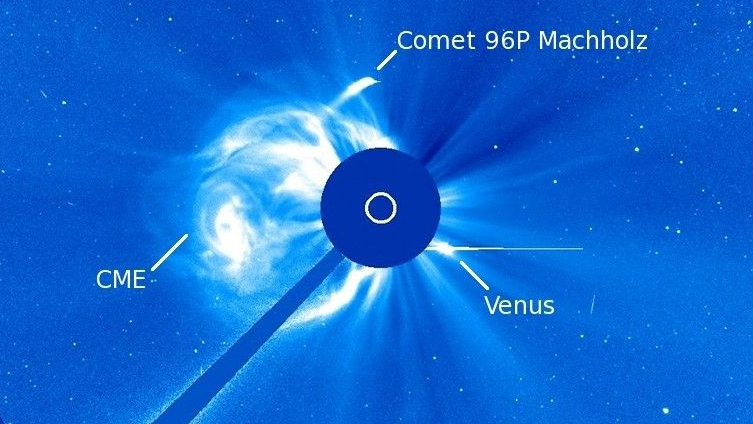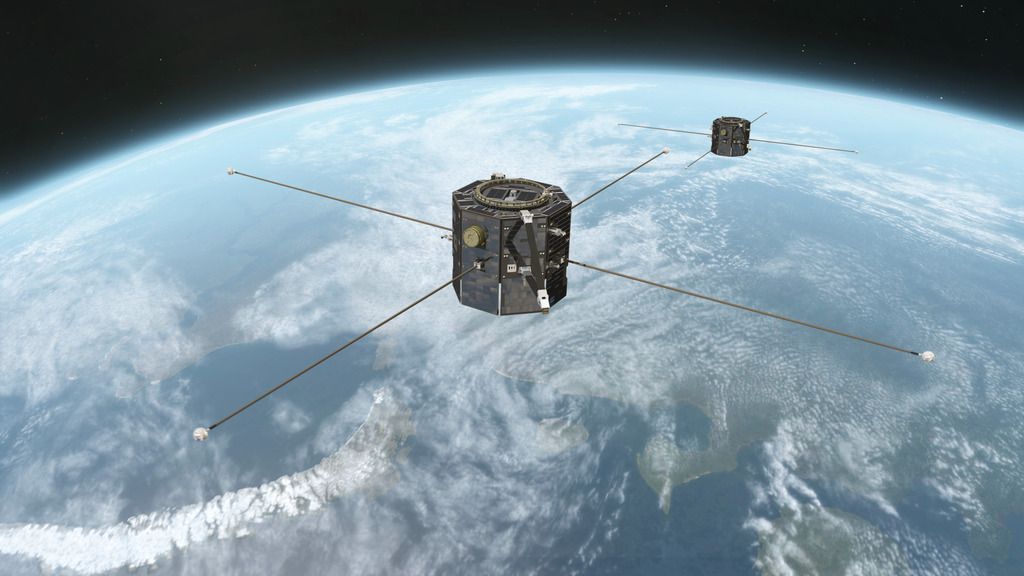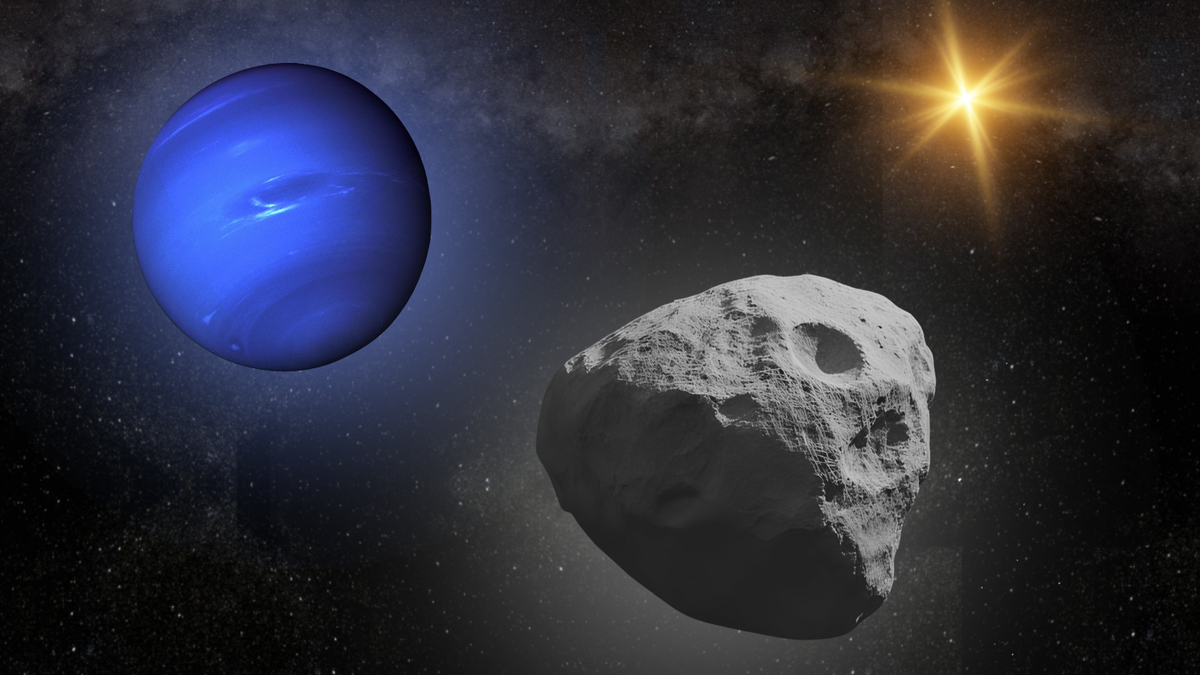peak on July 29.
The Southern Delta Aquariid shower is active from July 18 to Aug. 12, as Earth passes through a trail of ancient debris that is suspected to have been shed by the 4-mile-wide (6.4 km) comet 96P Machholz. When this debris hits Earth's atmosphere, the friction created by air molecules causes the particles to ignite, creating the visible streaks we see in the sky. The shower is at its strongest in the week surrounding its peak on July 29, at which time viewers could spot up to eight faint meteors per hour, according to NASA.
Shooting stars associated with the shower will appear to emanate from a patch of sky — known as a radiant — in the constellation Aquarius, close to the bright star Delta Aquarii, from which the annual event gets its name.
When is the best time to see the Southern Delta Aquariid meteor shower?
Stargazers will have their best chance of spotting a Southern Delta Aquariid in the early morning hours in the week surrounding July 29, according to the American Meteor Association. Around that time, the radiant is at its highest in the southern sky and the waxing crescent moon will be hidden well below the horizon, providing a dark sky in which to hunt for the elusive shooting stars.
As its name suggests, the Southern Delta Aquariids will be most visible to stargazers situated in the Southern Hemisphere, where the radiant is higher in the post-sunset sky. However, the shower will still be visible to those north of the equator, albeit at a lower hourly rate.
To maximize your chances of catching a Southern Delta Aquariid, first locate the bright star Delta Aquarii in the constellation Aquarius above the southern horizon (or use a stargazing app to help you find it). Then, find a patch of sky 40 degrees away from the radiant in the direction of the local zenith, which is the point directly above your head. Remember: the width of your outstretched fist from your thumb to the outside of your little finger accounts for around 10 degrees in the night sky. The shooting stars seen here will have longer trails compared to those spotted closer to the radiant!
You'll have a much better chance of spotting one of the faint shooting stars if you head away from city lights and allow your eyes 30 minutes to adapt to the darkness. After that, it's a case of lying back — ideally on a deckchair, and losing yourself in the night sky. If you see a bright meteor streak across the sky from the north, you may well have spotted a member of the Perseid meteor shower, which has been active since mid-July.
Editor's Note: If you capture a picture of a meteor and want to share it with Space.com's readers, then please send your photo(s), comments, and your name and location to spacephotos@space.com.
.png)
 German (DE)
German (DE)  English (US)
English (US)  Spanish (ES)
Spanish (ES)  French (FR)
French (FR)  Hindi (IN)
Hindi (IN)  Italian (IT)
Italian (IT)  Russian (RU)
Russian (RU) 









Comments